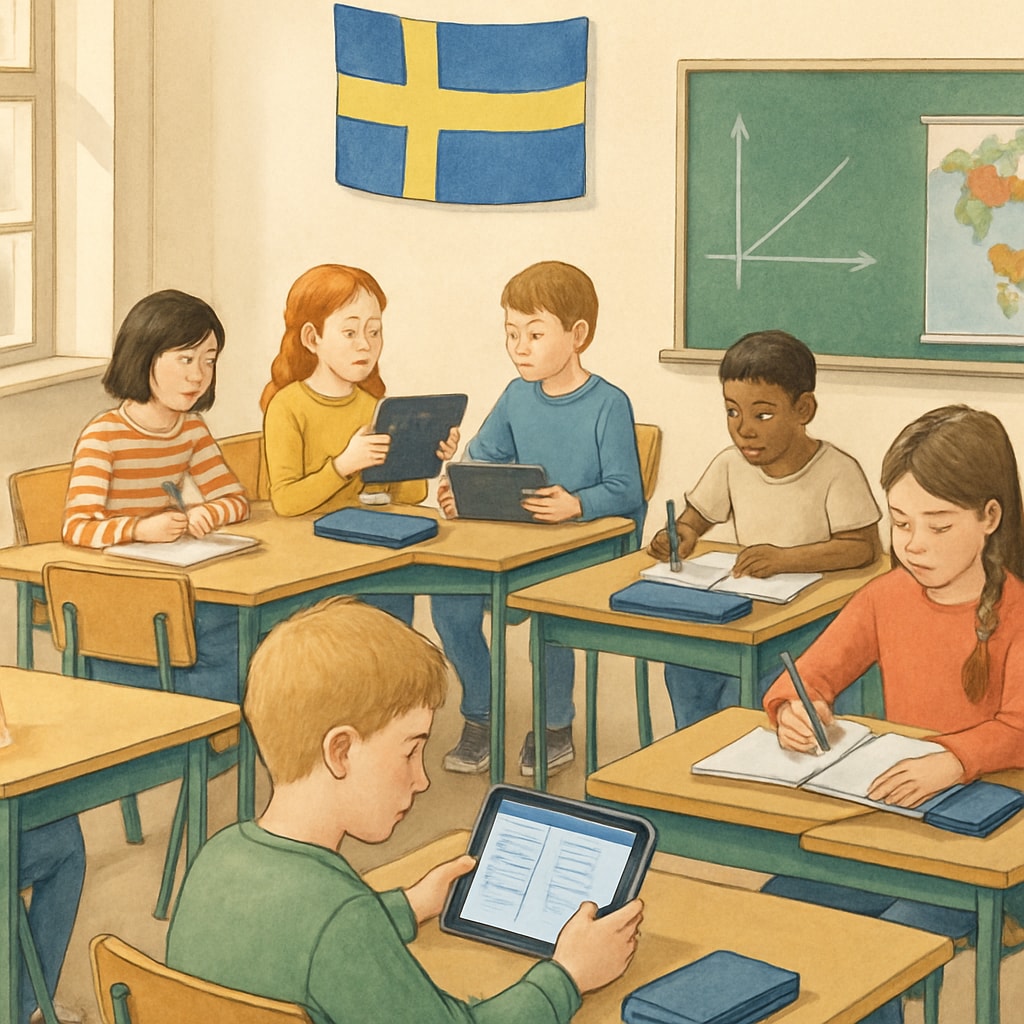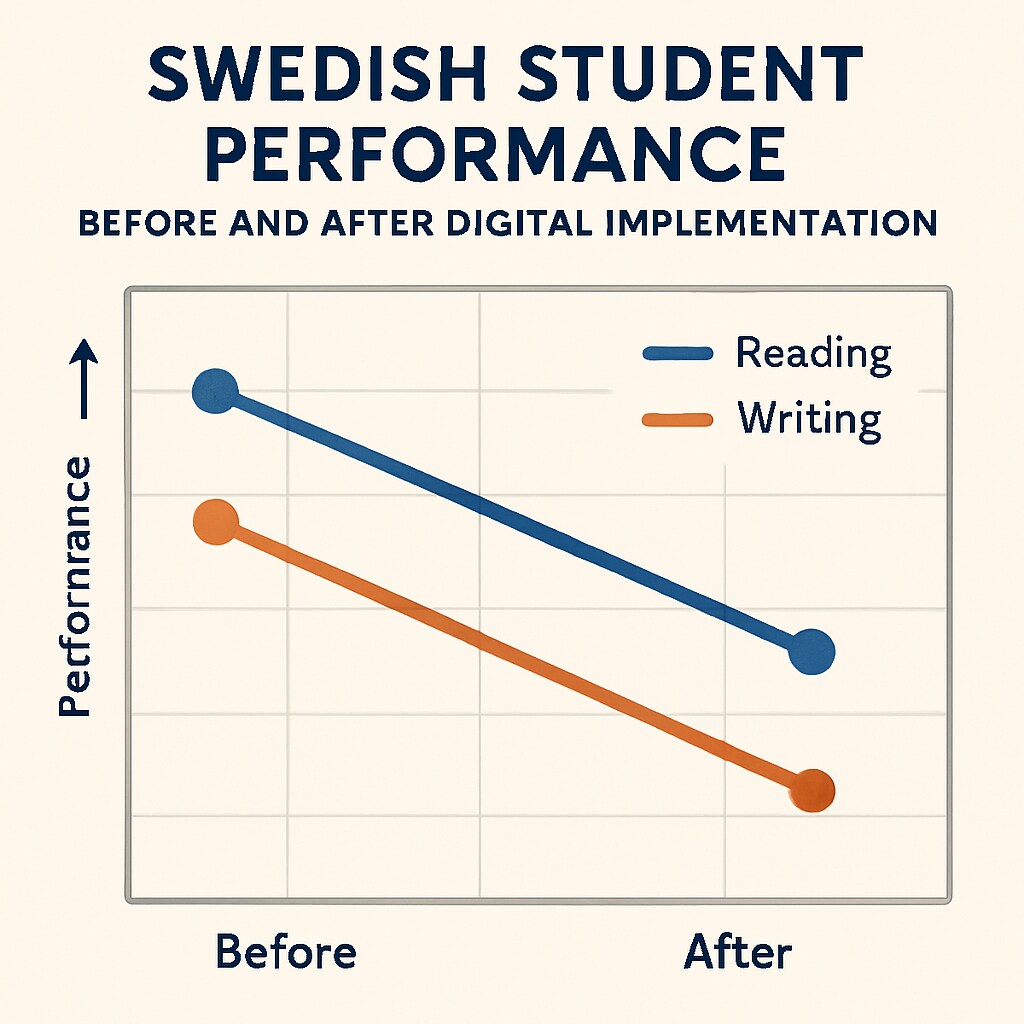In the realm of education technology, Swedish education, and digital transformation, Sweden has long been considered a global innovator. However, recent years have witnessed a surprising reversal as Swedish schools gradually reintroduce traditional paper-and-pencil teaching methods.

The Swedish Digital Education Experiment
For two decades, Sweden led the charge in digital education innovation. According to Sweden’s education system on Wikipedia, the country invested heavily in:
- 1:1 student device programs
- Interactive learning platforms
- Digital assessment tools
However, by 2018, concerns began emerging about digital fatigue and declining basic skills.
Why Sweden is Rebalancing Teaching Methods
The Swedish National Agency for Education (Skolverket) identified several key issues with excessive digital learning:
- Reduced handwriting proficiency
- Shorter attention spans
- Increased screen-time concerns
- Declining reading comprehension

Implementing the Traditional Approach
Selected Swedish schools now follow a blended model:
- Morning sessions with physical books and writing
- Afternoon technology applications
- Weekly “screen-free” days
This balanced approach maintains digital literacy while rebuilding foundational skills.
Global Implications for K12 Education
Sweden’s experience offers valuable lessons for education systems worldwide:
- Digital tools complement but don’t replace traditional methods
- Handwriting develops cognitive abilities differently than typing
- Physical books reduce digital distraction
The Swedish model demonstrates that educational technology works best when thoughtfully integrated with proven traditional techniques.


